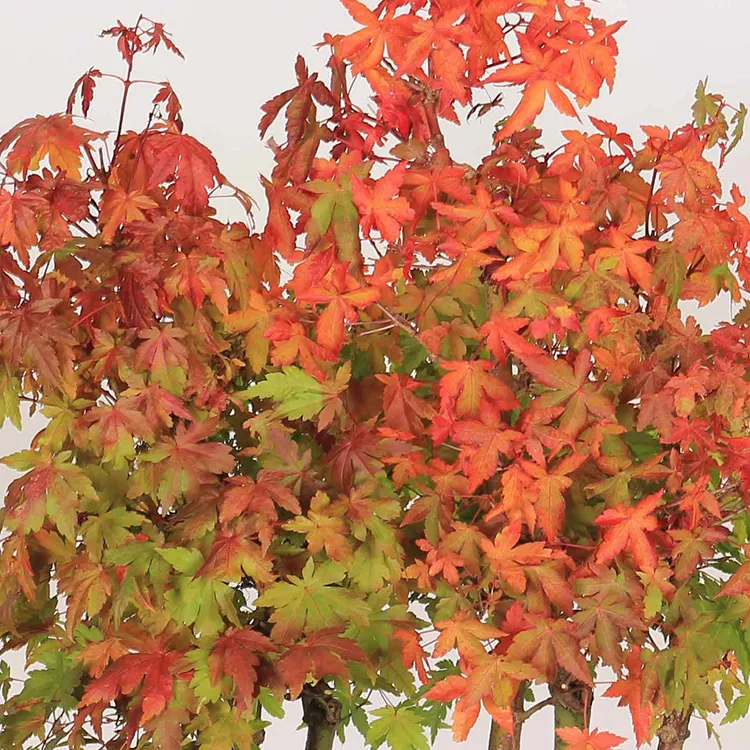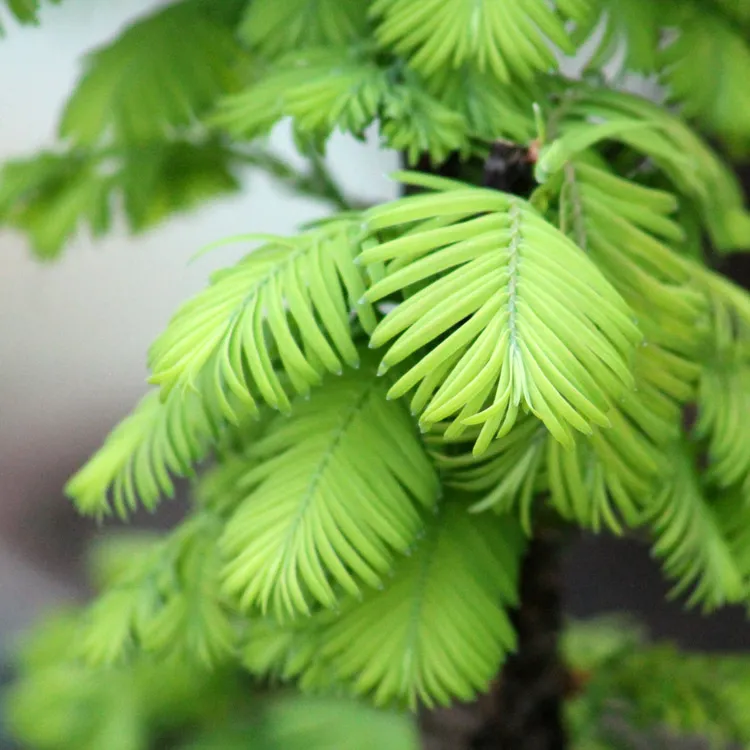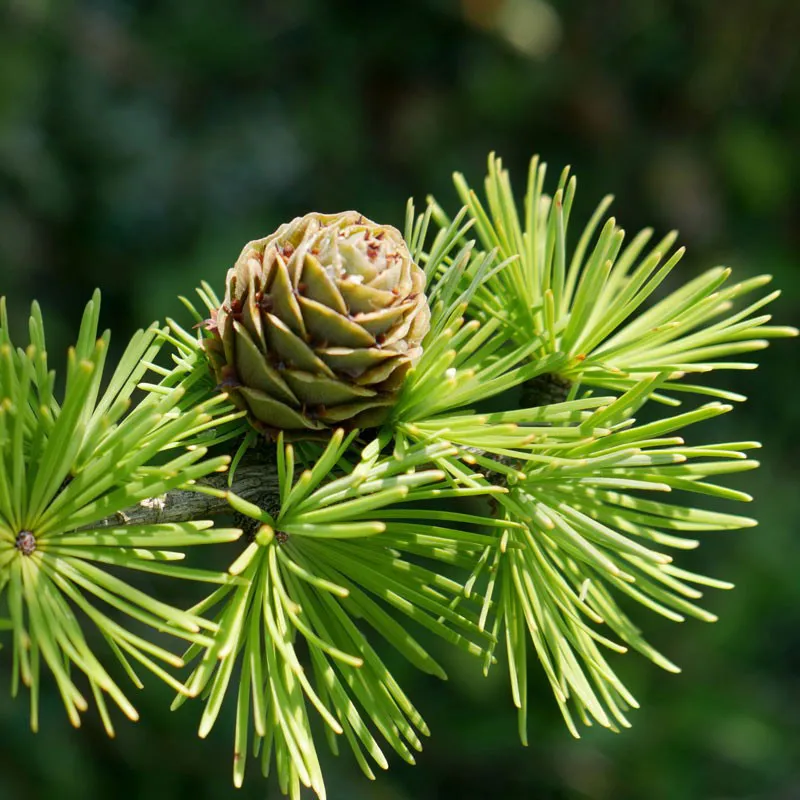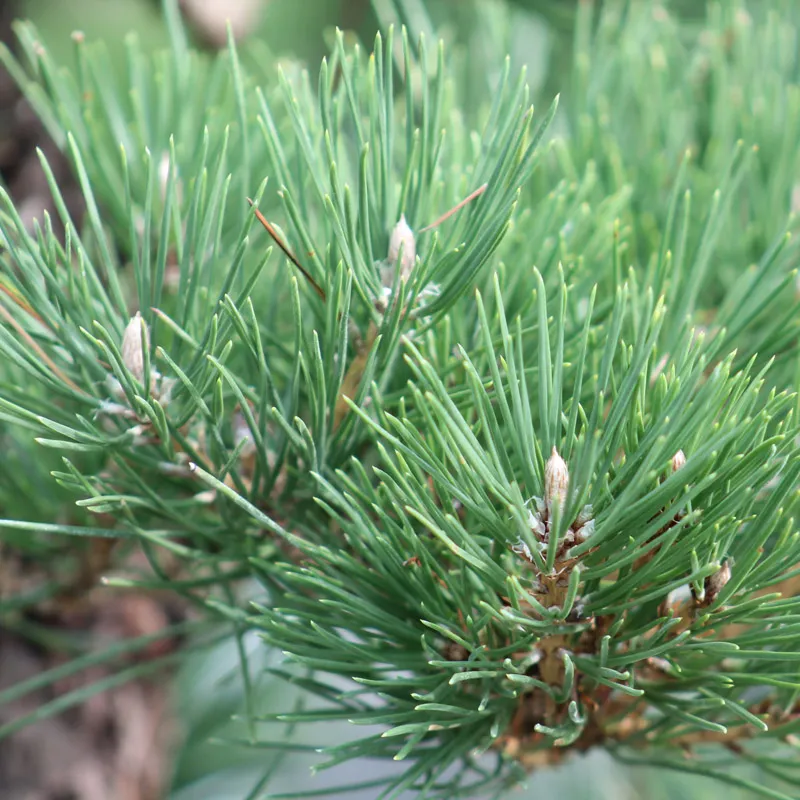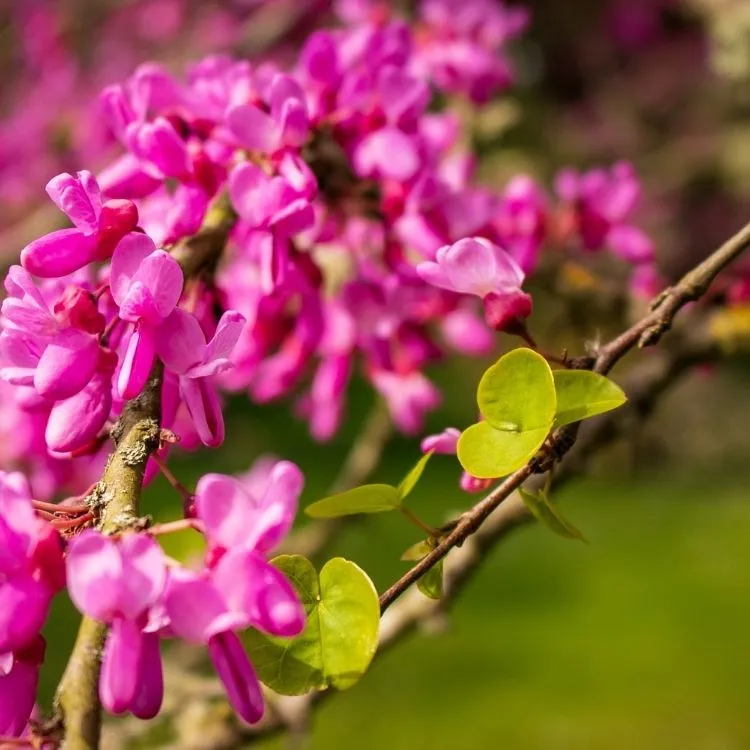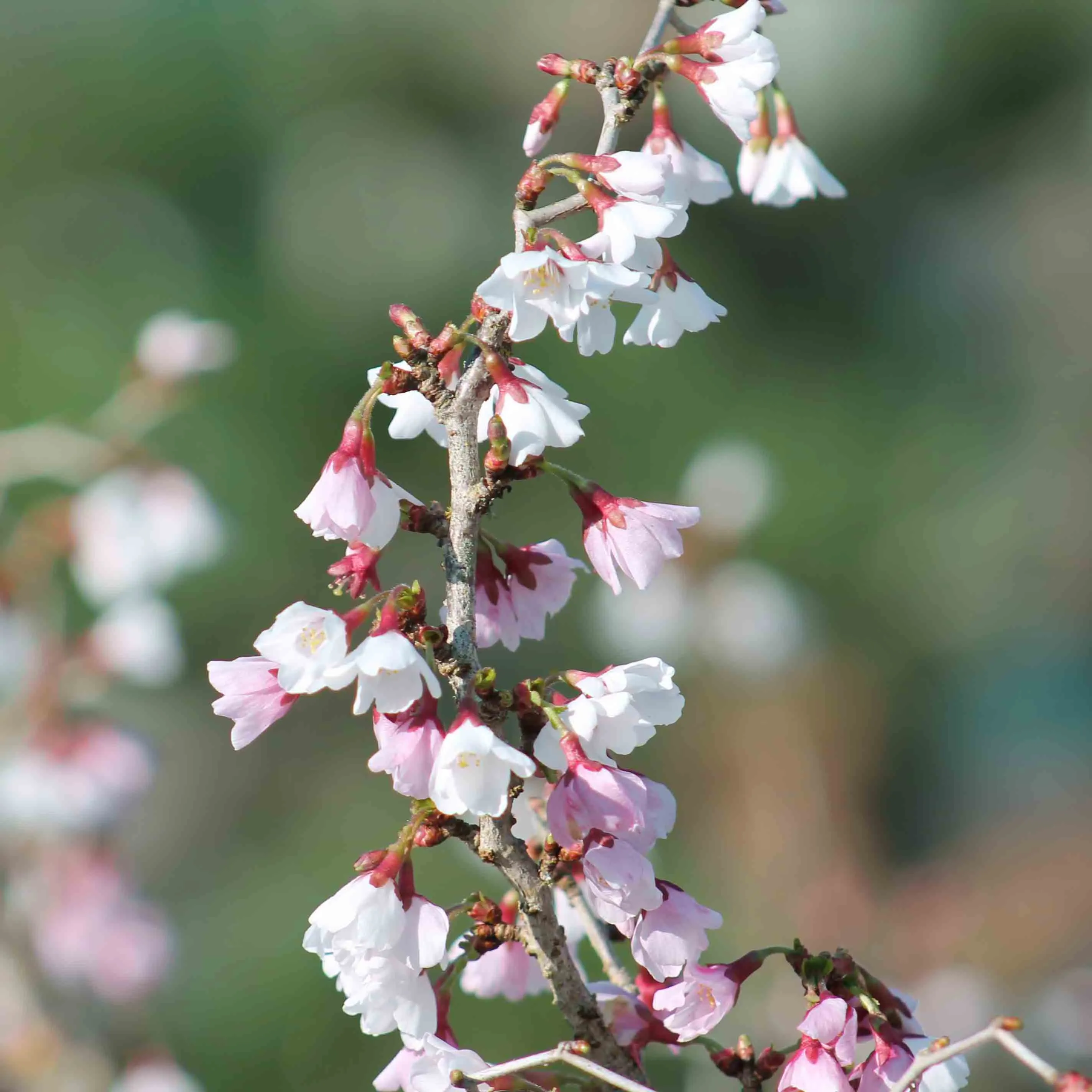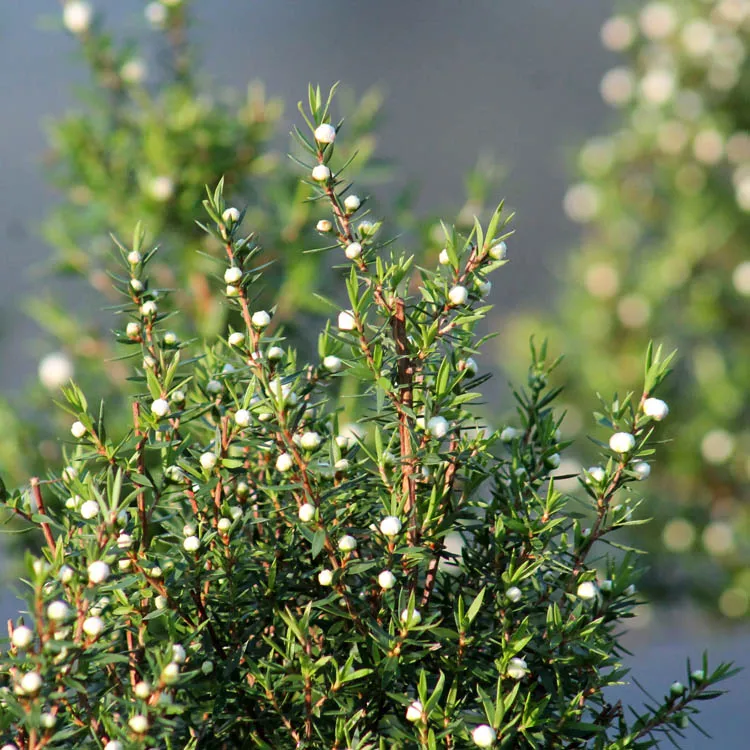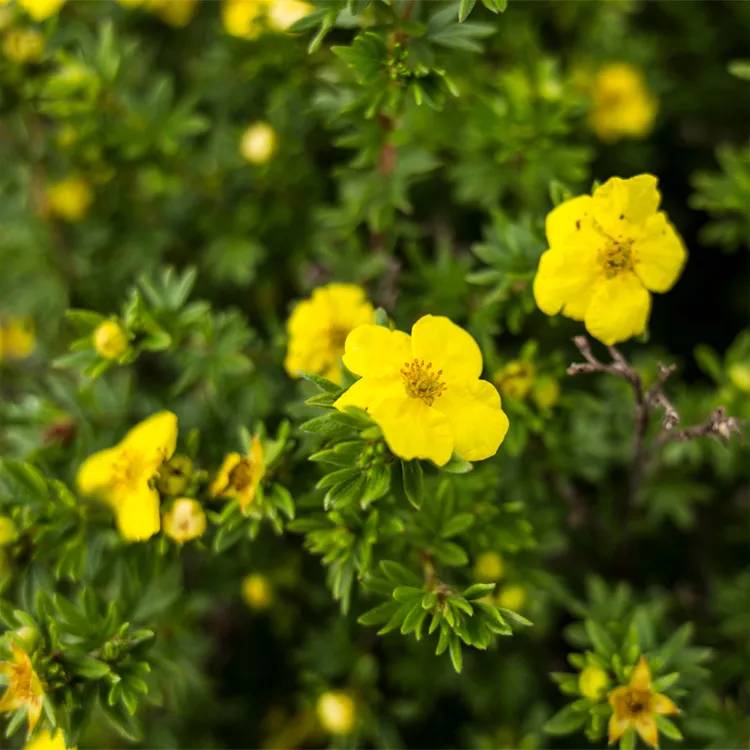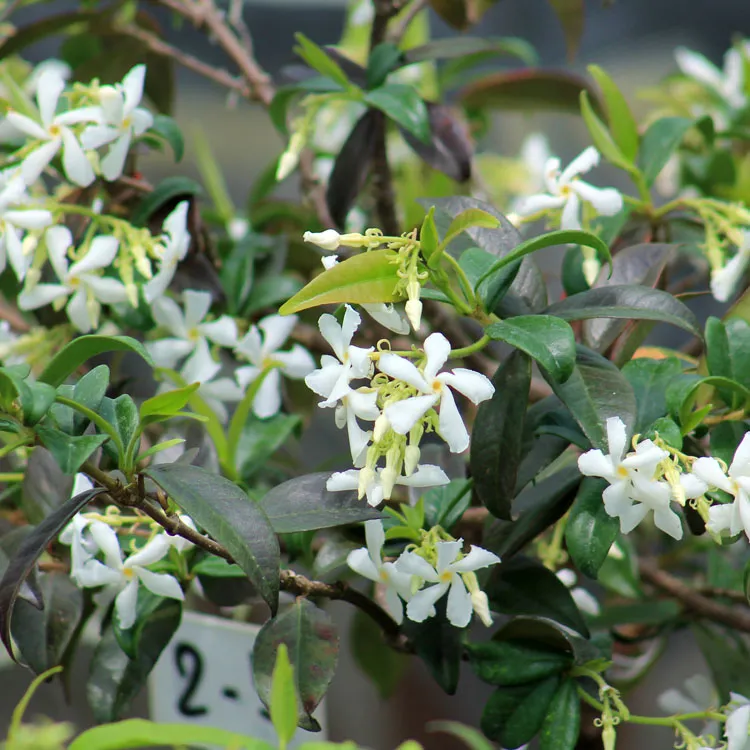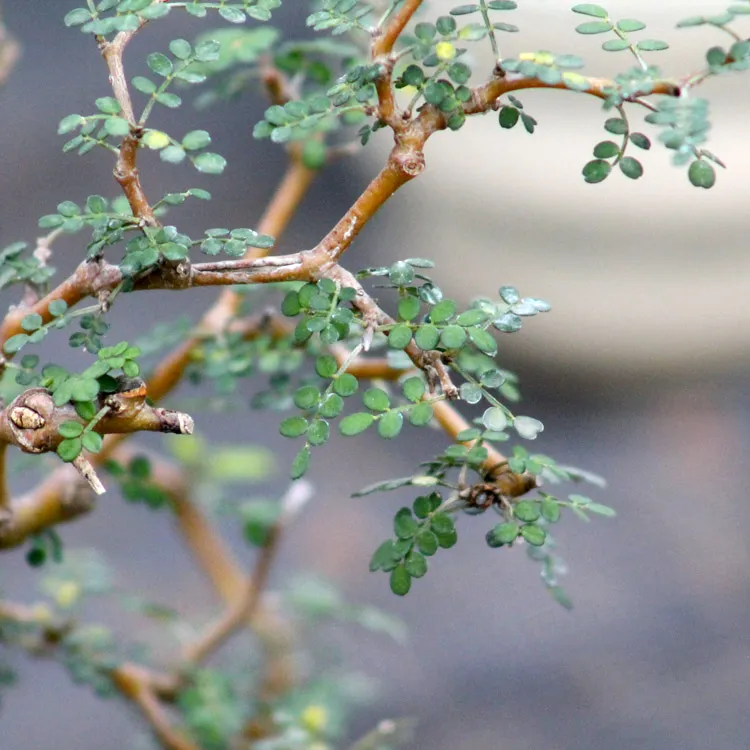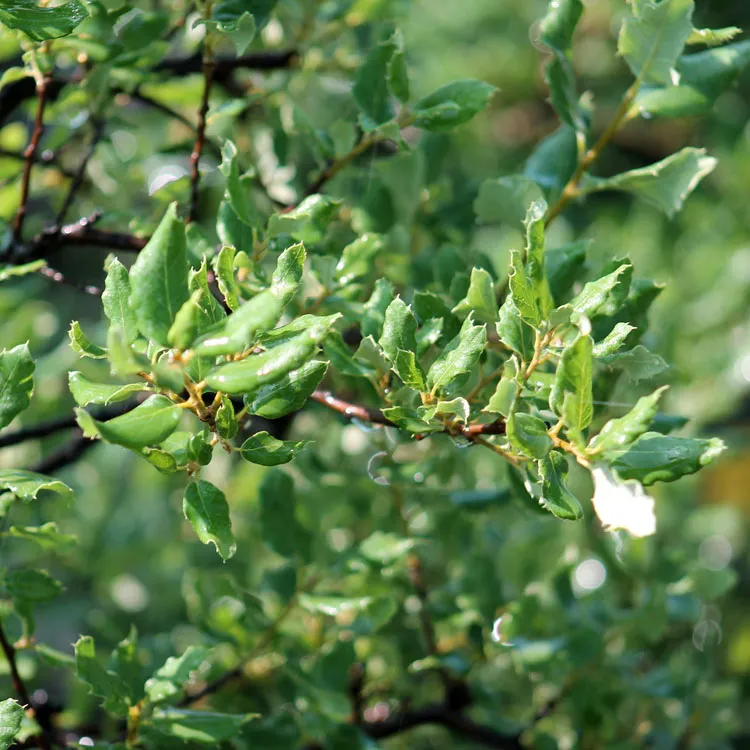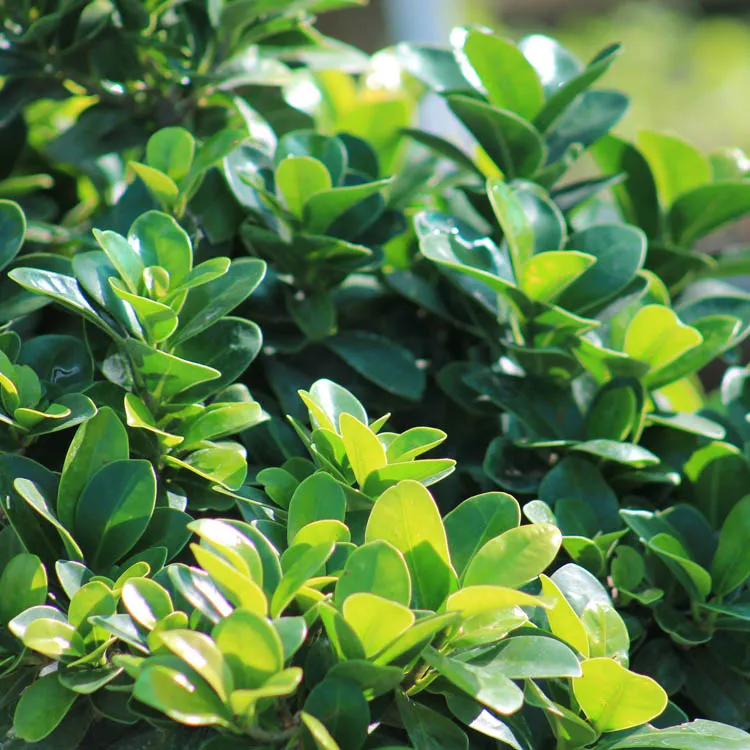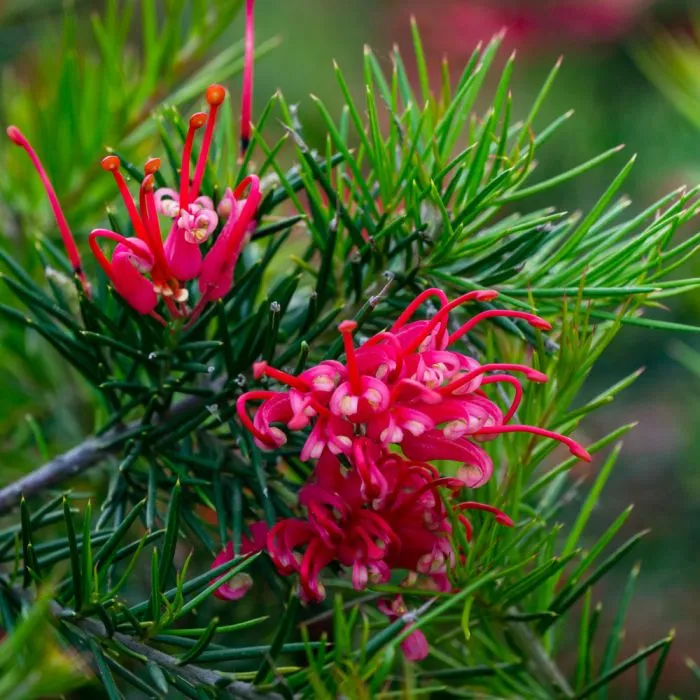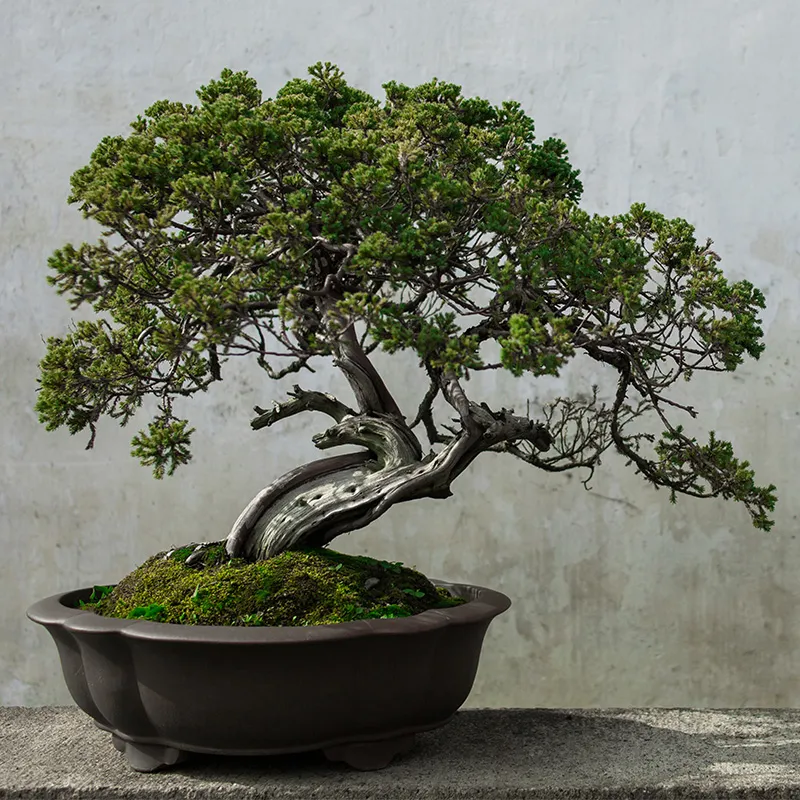This may seem like a surprising question, but we are often asked. The answer is not so simple, however, because what is beauty in bonsai? And does this beauty vary with the seasons?
What makes a bonsai tree beautiful?
It's something very subjective and personal. Some crack at the flowers of azaleas, others at the autumn leaves of maple trees, and still others at the cracked bark or dead wood of pine trees.
Each of us has our own criteria that often refer us to more personal things. If bonsai can help you relive childhood memories, travel memories, or dreams, then go for it! Bonsai is above all made for pleasure and escape. It's a special relationship with nature.
There are some bonsai that change with the seasons, while others seem unfazed. This is the case, for example, with pine or juniper trees. They evoke the power, the struggle of a tree to survive in the face of a sometimes harsh nature. This duality between life and death is a source of fascination for many bonsaikas.
Beauty that changes with the seasons
Knowing which bonsai is beautiful all year round is often a matter for beginners, curious but also eager to acquire a tree that can proudly sit in the middle of the collection and take center stage. And there are some trees that at certain times of the year are particularly beautiful:
- Japanese maples, when the first leaves of spring open, or when they take on orange hues in the fall
- Azaleas in full bloom
- apple trees in bonsai, which in our opinion are not appreciated enough in bonsai, because in spring they are covered with flowers and in autumn they bear small apples
- Loropetalum, with its red blooms
The list could go on. These are always magical moments during which these bonsai are at their peak. But it would be a mistake to consider that they are only beautiful at this time. You have to know how to appreciate all the qualities of your trees, even the most humble ones. For example, during the winter, when the leaves have fallen, maple or Chinese elms reveal their fine ramifications that can be contemplated.


 Production of French Bonsai
Production of French Bonsai


